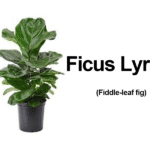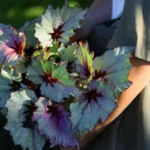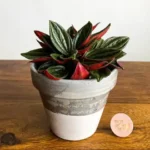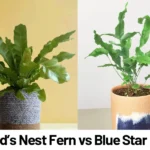Introduction to Propagating Houseplants from Leaf Cuttings
Propagating houseplants from leaf cuttings is a rewarding, cost-effective, and straightforward way to expand your indoor gardening collection and share your favorite plants with friends and family. This propagation method involves cultivating new plants from parts of an existing leaf, allowing the gardener to duplicate loved specimens or rejuvenate an aging plant without the need to invest in new purchases. If you are a beginner gardener looking for practical guidance, clear steps, and factors to consider to achieve successful propagation using leaf cuttings, you are in the right place.
In this article, you will find detailed, beginner-friendly step-by-step instructions, necessary tools, essential environmental requirements, and plenty of practical tips to ensure successful leaf propagation for houseplants. By the end of this guide, you should have a clear understanding of how to propagate your favorite houseplants using leaf cuttings with high chances of successfully developing healthy new plants.
Benefits of Leaf Cutting Propagation
Understanding why gardeners choose propagation from leaf cuttings provides motivation as well as practical perspective. The main benefits are:
- Cost Efficiency: Creating several plants from only one or two leaves reduces the cost significantly compared to buying mature plants.
- Plant Rejuvenation: Leaf cutting propagation allows you to preserve plants nearing the end of their lifecycle or restore declining specimens.
- Sharing and Gift Giving: Houseplants propagated from leaf cuttings can become thoughtful gifts and tokens of friendship.
- Experience and Learning: Mastering propagation via leaf cutting equips beginner gardeners with valuable horticultural skills and increased confidence.
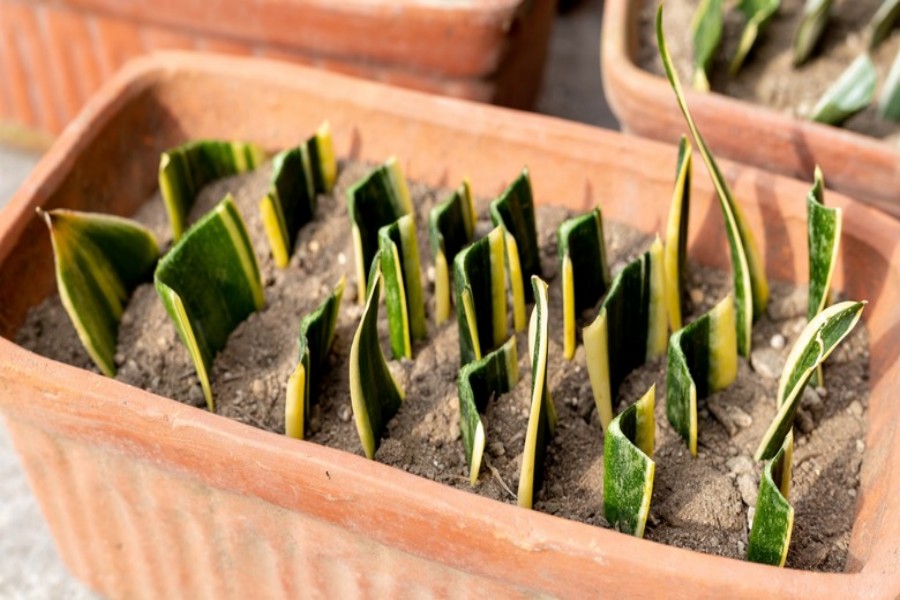
Tools and Supplies Needed for Successful Leaf Cuttings
Before starting, gather all necessary tools and supplies. Preparation helps ensure a high success rate in propagating your plants from leaf cuttings:
- A healthy parent plant: Choose a healthy, vibrant houseplant with ample mature leaves.
- Sharp, sterile scissors or pruning shears: Protect the health of both the parent plant and cuttings by using sharp, disinfected cutting tools.
- Potting soil mix: Opt for well-draining indoor potting soil rich with organic material like peat moss, coco coir, perlite, or vermiculite.
- Propagation trays, small pots, or containers: Individual cells or smaller pots (around 2–4 inches) work best for leaf cuttings.
- Clear plastic covers or bags: To create humidity-boosting mini-greenhouses.
- Rooting hormone (optional): Can significantly increase rooting success and timelines, although not mandatory.
- A watering can or spray mister: Maintain appropriate soil moisture and humidity.
- Gloves (optional but recommended): Protect sensitive skin and prevent contamination.
Step-by-Step Guide to Propagating Houseplants from Leaf Cuttings
Step 1: Selecting the Right Leaf
Begin by choosing a healthy, fully formed leaf from your selected plant, ideally one without damage, disease, or discoloration. Mature leaves, rather than young tender leaves, prove most successful in propagation. Varieties like African violets, Begonias, Snake plants, Peperomias, and Succulents are easy and reliable to propagate this way.
Step 2: Preparing the Cutting
- Use clean, sterilized scissors to separate the leaf from the parent plant. Make clean, precise cuts close to the base of the leaf or leaf petiole (stem).
- For fleshy succulent-type leaves (e.g., Echeveria), allow the leaf to callous over (dry at the cutting point) for 1–3 days out of direct sunlight. For most non-succulent plants (African violet, Begonia), you can proceed directly without callousing.
Step 3: Applying Rooting Hormone (Optional)
While not strictly required, applying rooting powder or gel encourages quicker root development. If using, dip the cut end of your leaf cutting into rooting hormone following product instructions immediately before planting the leaf into the growing medium.
Step 4: Planting the Leaf Cutting
- Fill your small pots or propagation trays with moist, well-draining potting soil.
- Gently insert the leaf cutting at a slight angle, firmly pressing soil around the base to hold the leaf upright. For succulents, simply place the calloused leaf resting lightly on the surface of the soil to root.
- For a Peperomia leaf or Begonia leaf, staking or pinning the leaf flat on the soil with small garden staples or toothpicks helps facilitate root and new plantlet development.
Step 5: Providing Ideal Care Conditions for Leaf Cutting Rooting and Growth
- Lighting Conditions: Bright indirect light between 10,000–15,000 lux is preferred. Avoid direct sunlight as it can cause sunburn or dehydration.
- Watering Requirements: Keep soil consistently moist but not waterlogged to reduce fungal growth. Typically, misting soil lightly once daily or as needed is adequate.
- Humidity Levels: Maintain a relative air humidity level of 60–80% around cuttings. You can accomplish this by placing plastic bag coverings or clear plastic dome over your pot or tray to trap humidity.
- Temperature: Suitable ambient temperatures for root development and growth range between 65°F–75°F (18°C–24°C). Avoid drastic temperature fluctuations, drafts, or excessively cold surroundings, as these conditions can halt root growth.
Step 6: Monitoring Growth and Transplanting
Leaf cuttings typically develop noticeable root systems within 3–6 weeks, depending on the plant type, humidity, temperatures, and if rooting hormone is applied. Succulents typically display rooting progress between 2–4 weeks, while begonias and peperomias may require approximately 4–6 weeks for substantial rooting and small plantlet formation.
Once you observe firm roots or little plantlets (around 1–2 inches tall or showing multiple small leaves), it’s time to carefully separate newly formed plantlets with roots from their parent leaf and transplant them into individual pots with regular houseplant soil. Gradually acclimate individual mini plants over several days to lower humidity and room conditions.
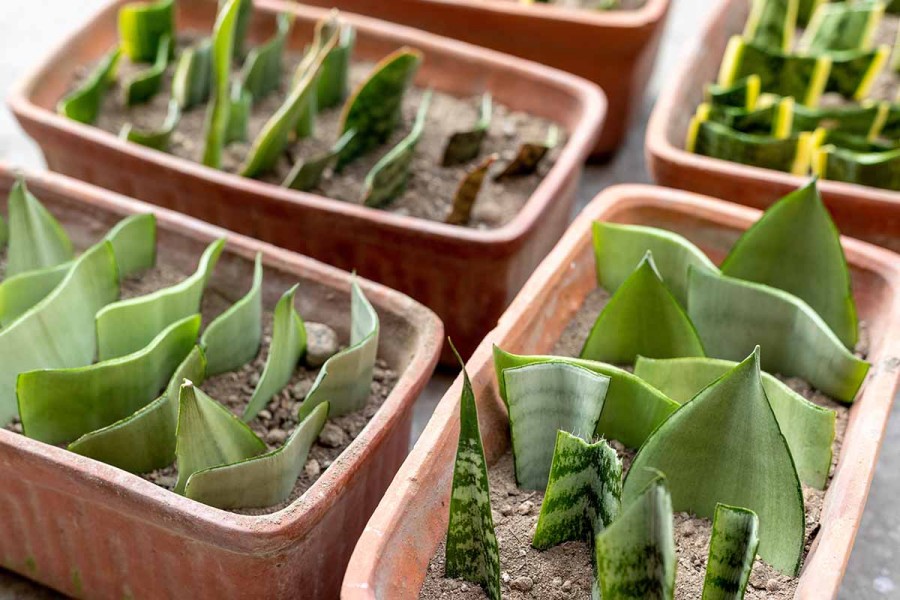
Common Pitfalls to Avoid
- Improper watering practices: Overwatering may lead to fungal diseases and rot, while underwatering prevents root development. Balance and moderation are crucial.
- Inadequate lighting: Without the appropriate light exposure (10,000–15,000 lux), leaf cuttings can develop weak roots or become etiolated (elongated and fragile).
- Skipping sanitation: Unsterilized tools introduce bacterial or fungal infections. Clean tools significantly improve rooted cutting health.
- Rapid changes in conditions: Sudden temperature fluctuations, drafts, or direct sun exposure cause stress, risking weaker root growth or failure.
Conclusion
Successful propagation of houseplants from leaf cuttings requires only basic horticultural knowledge, simple tools, and dedication to providing proper growing conditions. By carefully following the steps outlined above and avoiding common pitfalls, beginner gardeners and home enthusiasts alike can confidently recreate healthy houseplants while enjoying a fulfilling, cost-saving hobby. Leaf cutting propagation skills can benefit any gardener, particularly beginners or those looking to invest in the longevity and continual proliferation of their indoor plant collection.
References
- Hartmann, H. T., Kester, D. E., Davies, F. T., & Geneve, R. L. (2017). Hartmann & Kester’s Plant Propagation: Principles and Practices (9th ed.). Pearson.
- Bryant, G. (2006). Propagation Handbook: Basic Techniques for Gardeners. Stackpole Books.
- Toogood, A. (1999). Plant Propagation Made Easy. DK Publishing.



